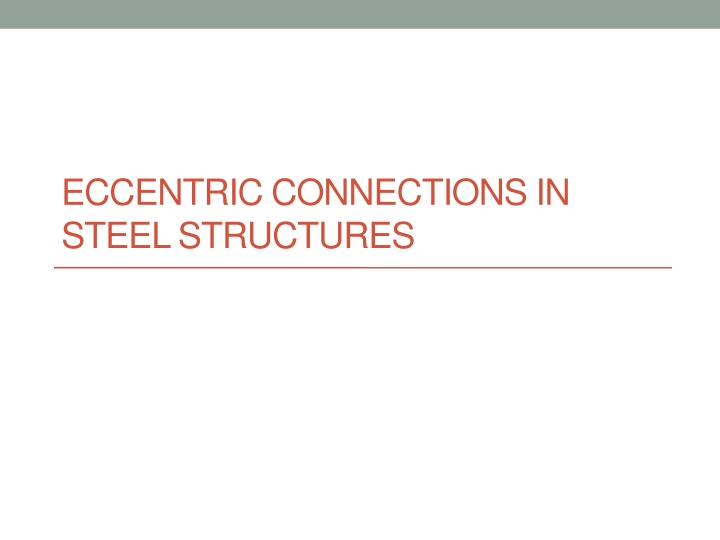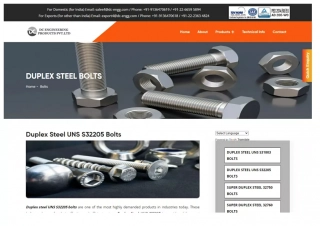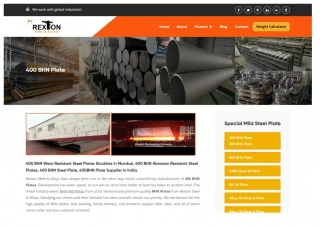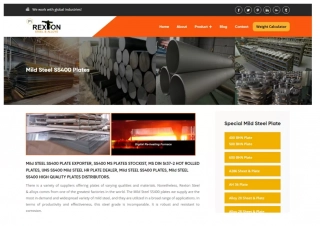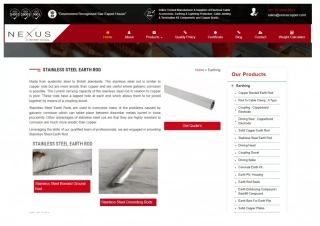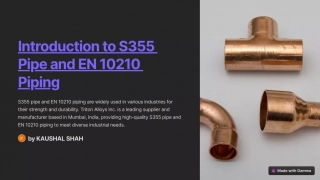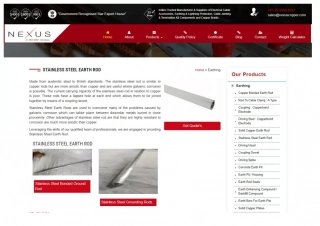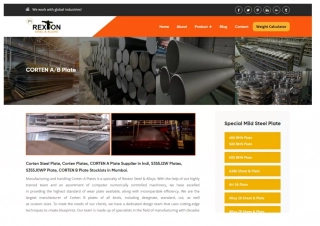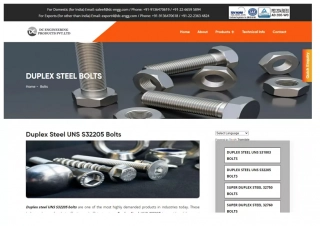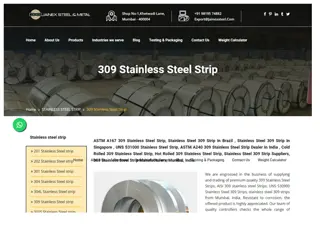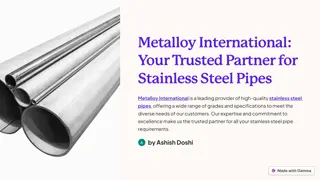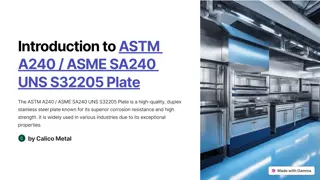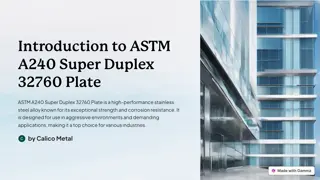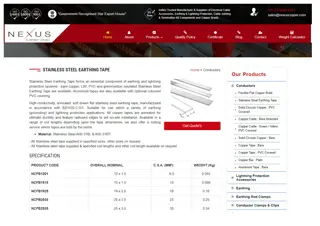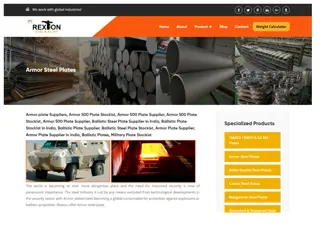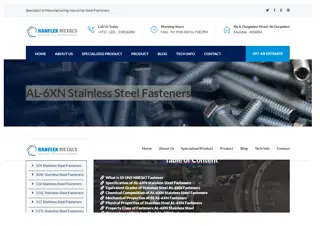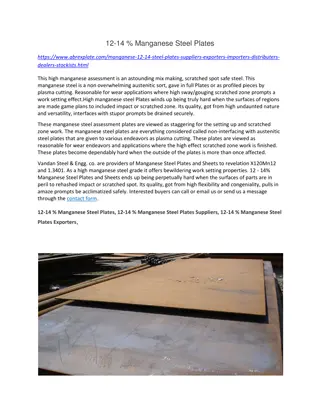ECCENTRIC CONNECTIONS IN STEEL STRUCTURES
This comprehensive overview delves into types of connections, eccentric connections, methods of analysis, and theoretical background in steel structures, covering seat connections, framed connections, bracket connections, and more.
Download Presentation

Please find below an Image/Link to download the presentation.
The content on the website is provided AS IS for your information and personal use only. It may not be sold, licensed, or shared on other websites without obtaining consent from the author.If you encounter any issues during the download, it is possible that the publisher has removed the file from their server.
You are allowed to download the files provided on this website for personal or commercial use, subject to the condition that they are used lawfully. All files are the property of their respective owners.
The content on the website is provided AS IS for your information and personal use only. It may not be sold, licensed, or shared on other websites without obtaining consent from the author.
E N D
Presentation Transcript
ECCENTRIC CONNECTIONS IN STEEL STRUCTURES
CONTENT Introduction Literature Review Theoretical Background Conclusion References
Introduction 1) Types of connection 2) Connection Subjected to eccentric shear 3) Methods of analysis
TYPES OF CONNECTIONS 1. SIMPLE CONNECTIONS 2. ECCENTRIC CONNECTIONS Basis of classification C.G of connection & load axis.
SIMPLE CONNECTIONS Applied load passes through C.G of connections Fig -1a Fig -1b
ECCENTRIC CONNECTIONS Applied load does not pass through C.G of connections Fig 2
CONNECTIONS SUBJECTED TO ECCENTRIC SHEAR Seat Connections Framed Connections Bracket Connections
SEAT CONNECTION Fig 3a Unstiffened Seat Connections
SEAT CONNECTION Fig 3b Stiffened Seat Connections
FRAMED CONNECTIONS Fig - 4
Theoretical Background BRACKET CONNECTIONS BOLTED BRACKET CONNECTIONS TYPE 1 Fig 5
FORCES ON BRACKET TYPE 1 Fig 6
From the assumption made in the concentric bolted joints, the load over the joint is shared equally by all the bolts ,force in any bolt due to direct load is, We know that, ? ? (1) ?1= ? ? = ? ? And also Therefore, Force = Stress * Area ?2 ? F2 = k*r ?2 ? ? =
Therefore, the Torque about the center of rotation of the bolt group = ?2? = ??? = ??2 Total resisting toq = ??2 = ? ?2 ?2 ? ?2 = The resisting torque should be equal to torque over the connection. Hence, ?2 ? ?2 ?2 ? ?2 ??0? ?2= ?2 ? = ??0=
Force F2 is maximum when distance r is maximum. Let the distance of the extreme bolt be rn . then, ??0?? ?2 (2) ?2= The two forces F1 and F2 act at some angle on various bolts in the connection. Let ? be the angle between these forces on the critical bolt. Then the resultant force F on the critical bolt will be (?12+ ?22+ 2?1?2cos?) ? = (3) For the connection to be safe, this force must be less than the strength of the bolt.
BOLTED BRACKET CONNECTIONS TYPE 2 Fig 7
Where, line of action of load in mm P = the load acting over the joint in N M = moment of resistance provided by bolts in tension Vb = force in a bolt due to direct shear P Tb = tensile force in the bolt due to bending moment (Pe0) n = number of bolts in the bolt group y1,y2 .yn = distance of the bolts in tension from the axis of rotation y = distance as shown in figure. M = Pe0 moment in Nmm, caused by the eccentric load e0 = the eccentricity of the load P from the bolt plane to the
WELDED BRACKET CONNECTIONS TYPE 1
